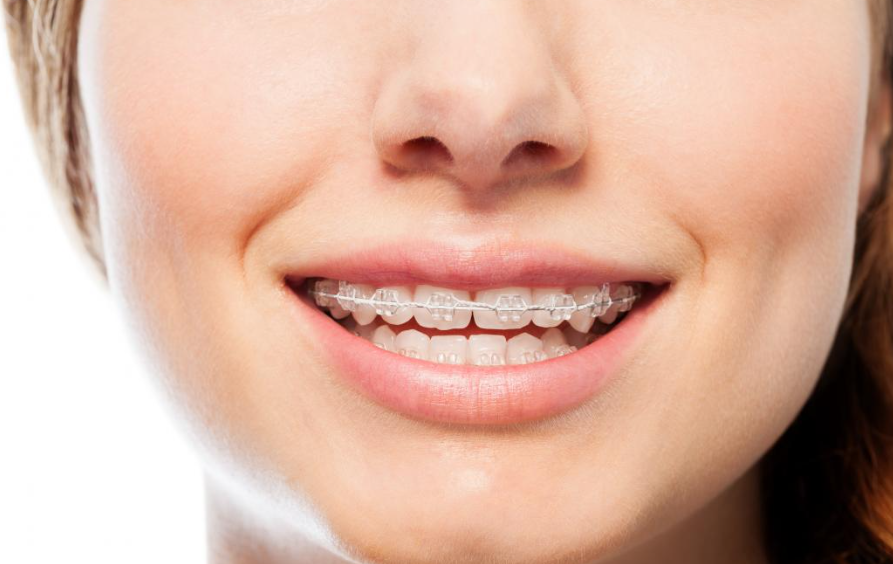Orthodontics services are essential for correcting dental irregularities and enhancing oral health. From traditional braces to modern aligners, these services address a variety of issues, including misaligned teeth and bite problems. Understanding the scope of these services will help you make informed decisions about your dental care and achieve a healthier, more attractive smile.
Types of Orthodontics Services
Braces
Traditional braces are one of the most common orthodontic treatments. They consist of metal brackets and wires that gradually move teeth into their correct positions. Modern braces are more comfortable and aesthetically pleasing than older versions, making them suitable for both children and adults.
Clear Aligners
Clear aligners, such as Invisalign, offer a discreet alternative to kids braces. These custom-made, removable trays gradually shift teeth into alignment without the need for metal brackets. Clear aligners are popular among adults and teens who prefer a less noticeable treatment option and appreciate the convenience of being able to remove them for eating and oral hygiene.
Retainers
Retainers are often used after the active phase of orthodontic treatment to maintain the new position of your teeth. They come in various forms, including fixed or removable options, and are crucial for ensuring that your teeth remain properly aligned over time.
Choosing the Right Orthodontics Services
Selecting the appropriate orthodontics services depends on several factors, including the type of dental issues you have, your personal preferences, and your lifestyle. Consulting with an orthodontist can help determine the best treatment for your needs. If you are seeking a less visible option and are interested in adult orthodontics in Duncan, clear aligners might be the best choice.
The Treatment Process
Initial Consultation
The orthodontic treatment process starts with an initial consultation. During this visit, the orthodontist evaluates your dental health, discusses your goals, and develops a customised treatment plan.
Active Treatment
Once the treatment plan is in place, the active phase begins. This involves regular appointments to adjust braces or change aligners. The frequency of these visits will depend on the specific treatment and progress.
Retention Phase
After achieving the desired results, you will enter the retention phase. This involves wearing a retainer to keep your teeth in their new positions and prevent them from shifting back.
Conclusion
Orthodontics services play a vital role in achieving a well-aligned smile and optimal oral health. By exploring the various types of services available and consulting with a skilled orthodontist, you can make an informed decision and enjoy the benefits of a healthier, more attractive smile.

